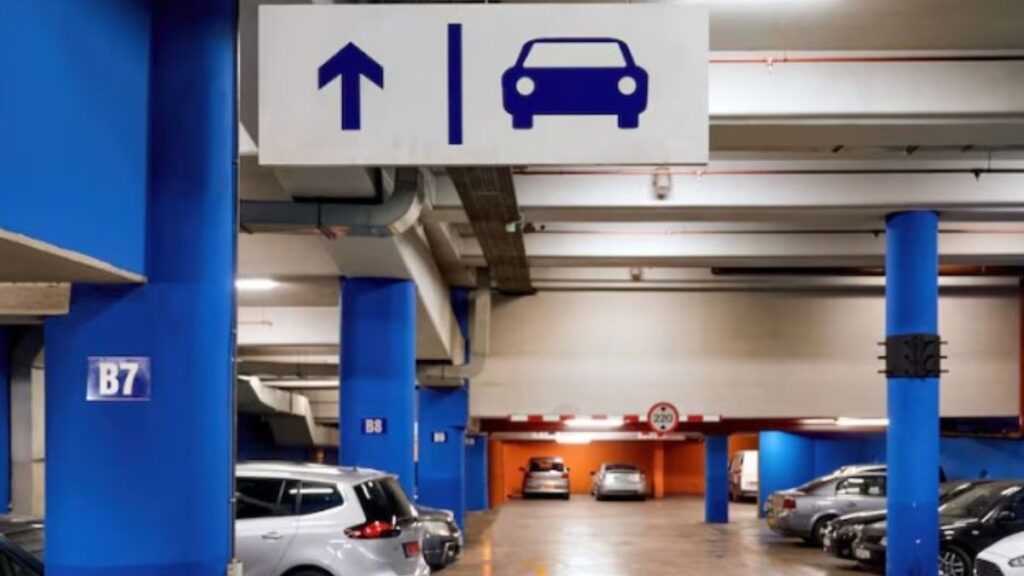The increasing need for efficient mobility in urban environments makes it essential for parking operators to optimize their facilities’ layout and communication tools. One of the most impactful improvements is the wayfinding signage for parking garages, which ensures visitors can navigate lots and structures confidently and efficiently.
Clear and strategic wayfinding not only aids drivers but also supports smoother operational flow, reducing congestion and minimizing the risk of incidents. Properly designed signage at critical decision points creates a structured journey for drivers and pedestrians. Investing in modern wayfinding signage translates to lowered frustration, faster parking, and improved user satisfaction.
Importance of Wayfinding Signage
The ability to navigate complex parking environments depends heavily on visible and intuitive signage. Effective wayfinding is a constant guide throughout the parking journey, reducing time spent searching for available spaces or exits. According to industry reports, clear, well-placed signage is linked to fewer accidents and less honking, contributing to a safer and quieter environment. The overall perception of a parking facility often hinges on how easily users can make sense of the space, making robust wayfinding critical to the user experience.
Additionally, positive experiences with navigation influence whether visitors choose to return, directly impacting revenues and brand reputation for facility owners. Proper wayfinding also plays a role in compliance efforts by directing traffic by local codes and accessibility guidelines. As reported by CNBC, U.S. drivers spend an estimated 17 hours a year searching for parking, highlighting how optimized signage can save both time and fuel.
Key Elements of Effective Signage
An effective parking signage system consists of interconnected elements that guide and inform users. The most vital include:
- Entrance and Exit Signs: Clearly marked to ensure users seamlessly flow into and out of the facility.
- Directional Signs: Indicate pathways to different sections, exits, and amenities, reducing unnecessary circulation.
- Parking Area Identification involves labeling distinct zones, aisles, or levels to help users recall their parking location and prevent confusion during busy hours.
- Speed Limit and Traffic Flow Indicators: Prominently positioned to improve safety by controlling vehicle speeds and directing movement patterns.
- Pedestrian Safety Signs: Alerts for crosswalks, accessible routes, and areas with high pedestrian activity are crucial for reducing accidents.
Design Considerations for Clarity and Visibility
Signage designed for maximum clarity must be readable and noticeable in varied lighting and weather conditions. Visually impactful and accessible signs help all users, including those with visual impairments. Key design elements include:
- Font Size and Style: Opt for bold, sans-serif fonts with adequate spacing for visibility from a distance.
- Color Contrast: Use high-contrast color schemes, such as white text on blue or black backgrounds, for better legibility, even in dimly lit garages.
- Placement: Install signs at logical intervals and eye level, ensuring visibility when drivers and pedestrians make critical navigation choices.
Integration of Technology in Wayfinding
Leading parking garages are increasingly leveraging digital solutions to enhance the user journey. Digital wayfinding boards can display up-to-the-minute occupancy data, available spaces, and even traffic patterns within the facility. Automated Parking Guidance Systems (APGS) utilize sensors to detect available spots and relay this information to drivers, streamlining the search process and reducing congestion. Advanced systems even integrate license plate recognition and mobile applications, offering reserved parking and personalized navigation directly to users’ smartphones. These innovations represent a step toward fully connected, intelligent parking facilities.
Maintenance and Upkeep of Signage
Proper maintenance is foundational to the long-term effectiveness of directional systems. Facility managers should schedule routine inspections to monitor for deterioration, vandalism, or other forms of damage. Frequent cleaning prevents dust and grime from obscuring critical information, while periodic reviews allow for updates when parking layouts, speed limits, or accessibility features change. Keeping all details current ensures compliance—especially as regulations evolve—and upholds the facility’s positive image.
Enhancing User Experience Through Signage
Thoughtful wayfinding directly translates to improved customer satisfaction. When signage minimizes unnecessary decision points and marks exits, elevators, and ticketing machines, stress and confusion are reduced. Faster navigation means visitors spend less time searching for spaces and more time on their destination, increasing facility utilization. Crucially, visible pedestrian and vehicle warnings mitigate risk, reinforcing a commitment to safety for every user.
Compliance with Regulations and Standards
Regulatory frameworks such as the Americans with Disabilities Act (ADA) specify requirements for signage that ensure accessibility for all, including tactile features and specific positioning. Non-compliance can result in legal penalties and public backlash, but more importantly, it limits the inclusivity of a parking environment. It is vital to remain updated on evolving codes and standards to avoid negative consequences and proactively welcome every visitor—regardless of ability—into the facility. Guidance from official resources like the ADA Standards for Accessible Design helps ensure all design elements meet legal and ethical obligations.
Future Trends in Parking Wayfinding
As urban mobility advances, parking guidance will increasingly rely on the power of emerging technologies. Artificial Intelligence (AI) is making inroads, parsing usage data to optimize space allocation and suggest parking based on individual habits. Augmented Reality (AR) integration can overlay real-time guidance through mobile devices, and highly interactive digital platforms will offer audio-visual directions tailored to each user. Mobile applications that deliver updates and directions personalized to route and schedule quickly become the norm, ensuring a seamless parking experience even before drivers enter the facility. With these shifts, the future of parking is not just bright—it’s intuitive, sustainable, and deeply user-focused.







